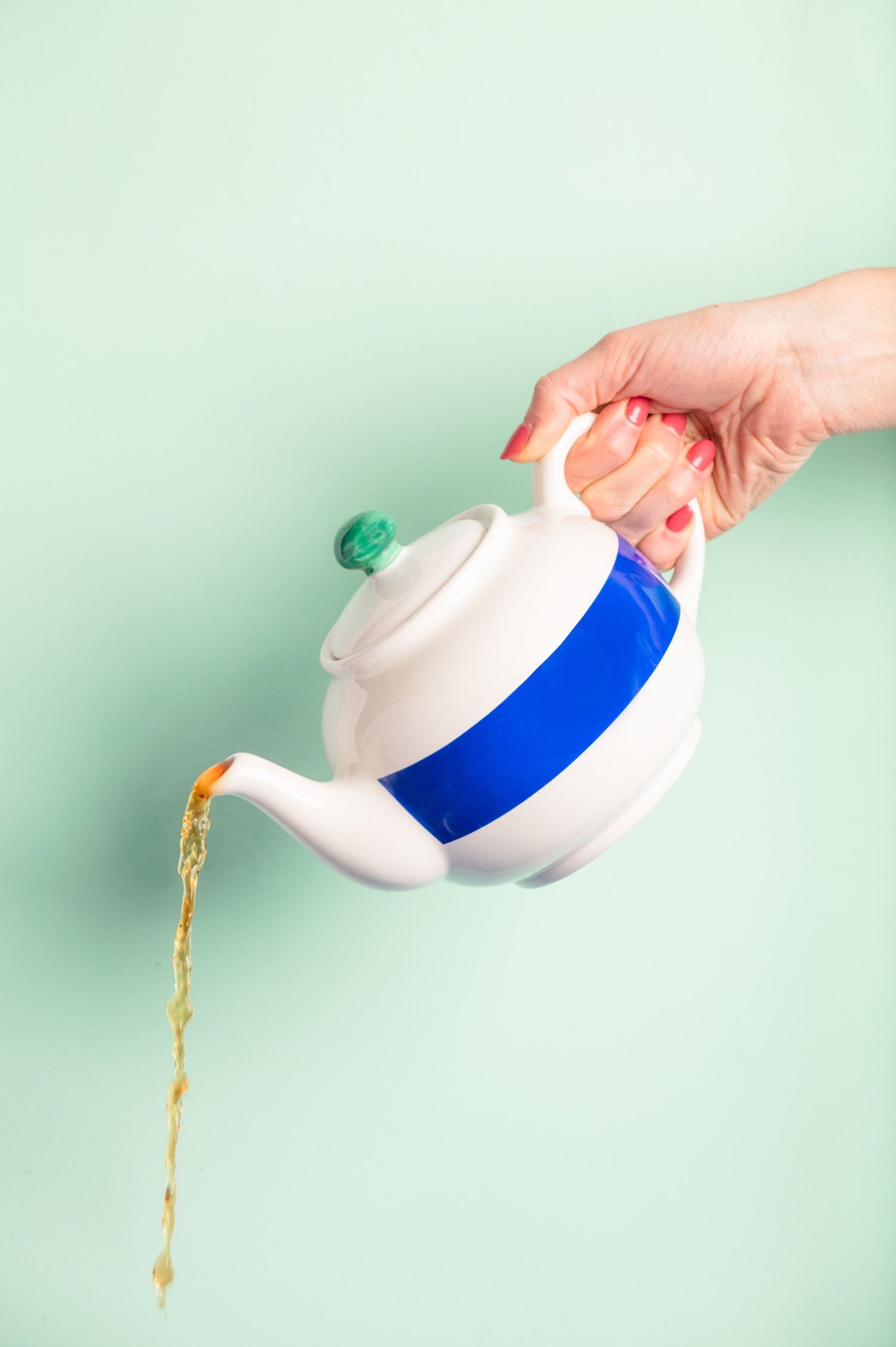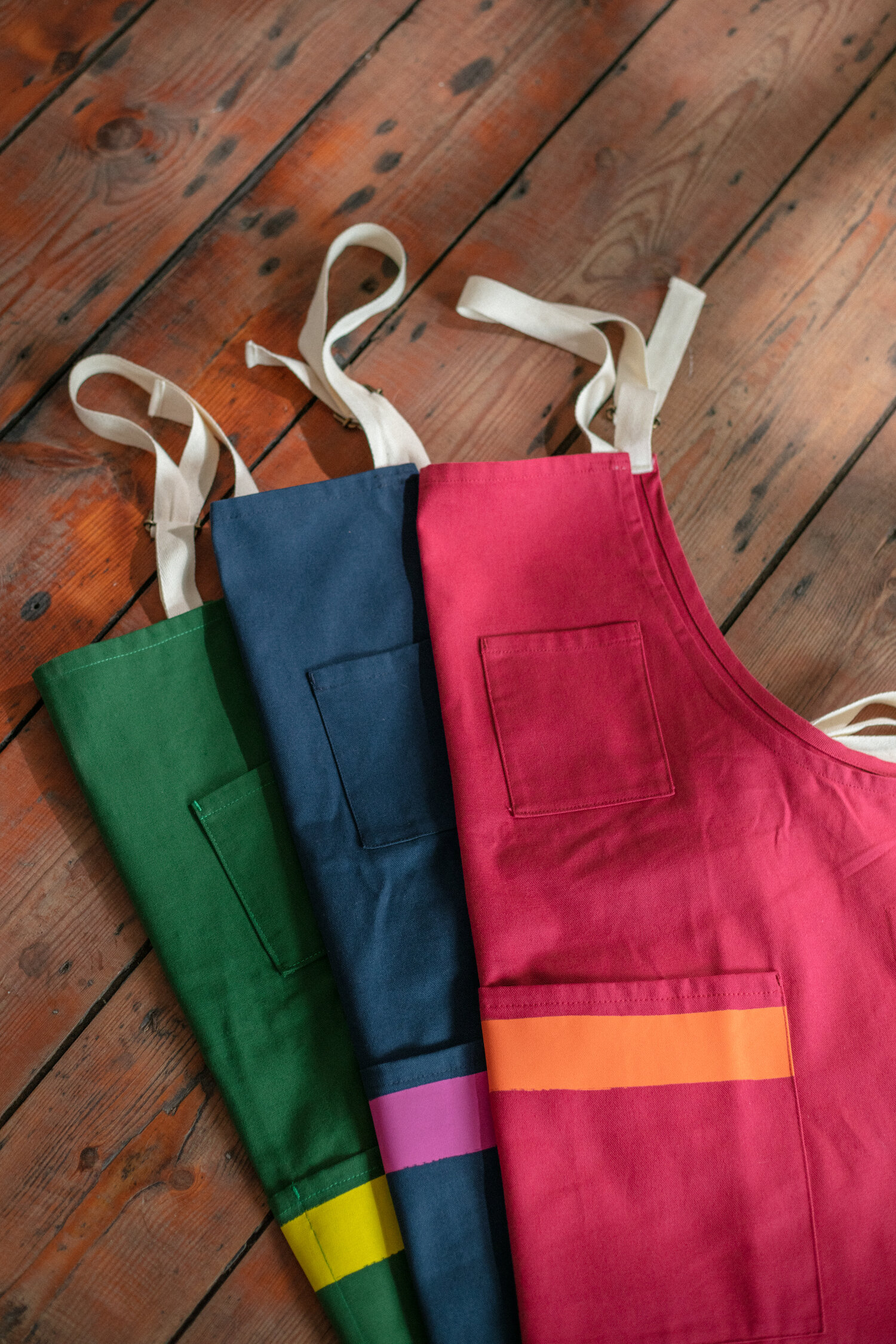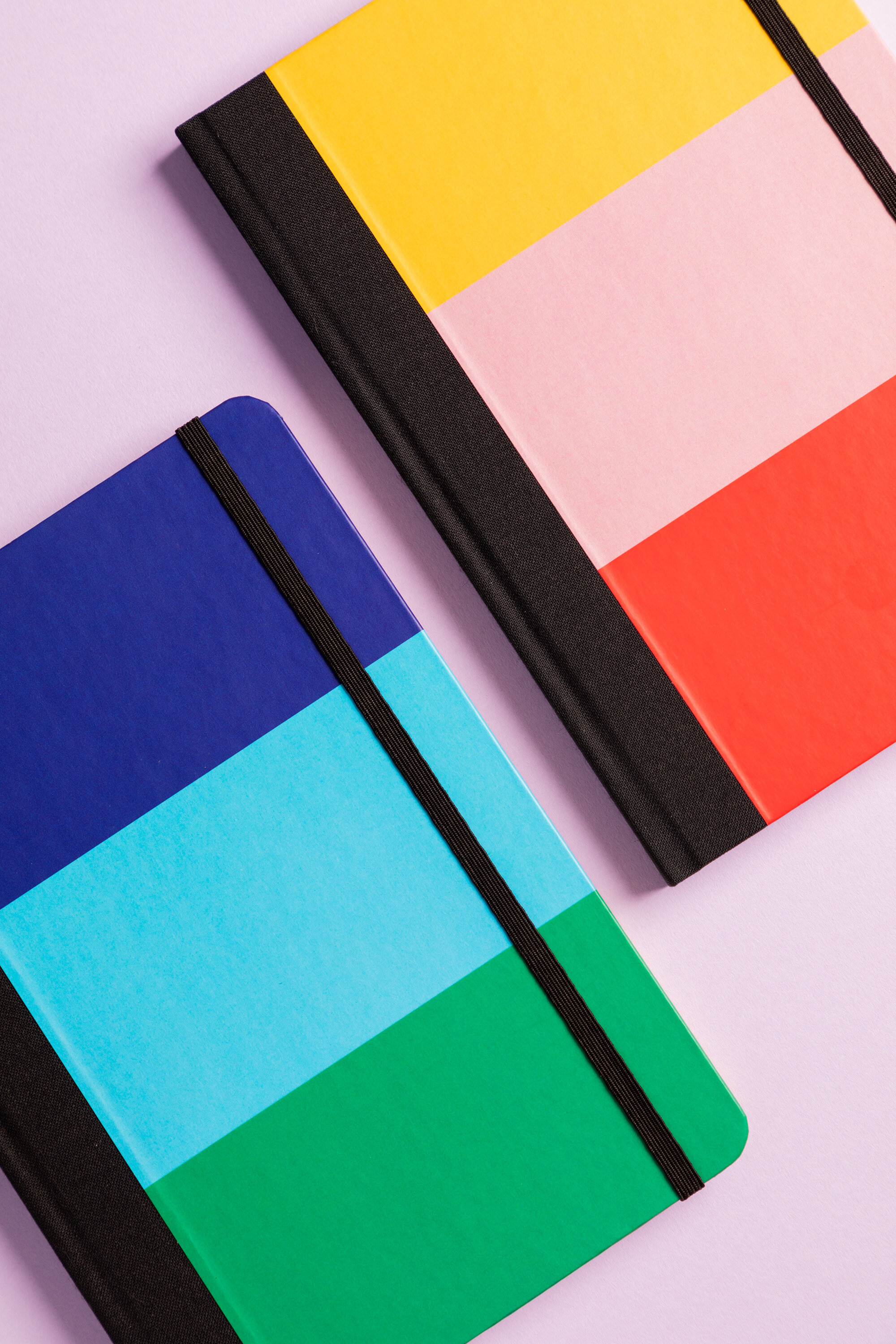The Level Collective: Designing For The Conscious Consumer
Interview by Jimmy SandisonMark Musgrave founded The Level Collective to create a brand of ethically made clothing, backpacks, tools and accessories “for the commute and wilderness pursuit”.
We discuss designing for the conscious consumer and how good things come from collaboration. Mark supports the British textile industry, small businesses and independent artists.
Some Good Ideas: Hello Mark, apparently you started The Level Collective during your lunch break, is that true? Where did the idea come from?
Mark Musgrave: It is true, I was working full-time as a designer for a creative agency but managed to carve out a little time during my lunch breaks and evenings to explore my side-hustle.
The idea came whilst volunteering with a charity in Romania back in 2009. One of their projects trains women in the disadvantaged Roma communities how to hand-knit beanie hats. Having worked in high street fashion retail, I was becoming more aware of the issues surrounding what we now call ‘fast fashion’. I was blown away with this grassroots project which created an excellent product, whilst empowering the people making it.
So I decided to start a brand that was fair or ‘Level’ for everyone involved in making the products using environmentally sustainable ingredients. The idea then bloomed beyond beanie hats to include a series of outdoor-inspired graphic t-shirts and sweaters, and now British made backpacks, tools and accessories. I still collaborate with that Romanian charity who make our merino wool Big Bob beanies – it’s a precious part of my story.
Image: The Level Collective SGI: How did you turn the idea into reality?
MM: Very slowly.
I knew I wanted the brand to be for people who shared my love for being outdoors – whether in the forest, mountains or sea – so I began sketching out some ideas for graphic t-shirts and sweaters. I then researched some illustrators and typographers who could help me to bring my terrible sketches to life.
Next, I then had to work out how to share my products with the world. Back in 2014 when I launched, a friend suggested having a look at a little phone application called Instagram, not sure if you’ve heard of it?! Back then in the good old days, when Instagram adverts didn’t exist, I collaborated with different photographers who liked what I was doing and seemed to grow a decent following. Instagram’s saturation and decline over the last few years have made it tough, but it’s made me go to trade at different events to meet my customers, a favourite being The Good Life Experience of course.
“It would be arrogant to assume that a skilled person in the UK can make our backpacks to a better standard than an equally skilled person in Vietnam, for instance. It’s the scale of operations that can affect quality.”
SGI: What are the values of The Level Collective?
MM: Well we have a very ethos-led name. ‘Level’ is all about our commitment to fairness for every person involved in making our products which we try to create to the highest quality and with the lowest impact on our planet.
Living Level is also about balance – pursuing a life of grafting hard at something meaningful, but also making space for reconnecting with ourselves and others whilst being in nature.
‘Collective’ is about the collaborative nature of the design process – I’ve loved collaborating with a variety of skilled artists and makers to create our collection of products. The Collective also includes our community of outdoor-loving customers who share our values and believe in the products that we create.
Image: The Level CollectiveImage: The Level CollectiveSGI: How do you convince your customers of the importance of buying British?
MM: It can be tricky to champion British manufacturing without sounding like you’re part of some kind of nationalist “Let’s make Britain great again” brigade (which I certainly am not).
It would be arrogant to assume that a skilled person in the UK can make our backpacks to a better standard than an equally skilled person in Vietnam, for instance. For me, it’s more about the scale of operations and batch quantities that can affect quality.
The UK does have a vibrant textile manufacturing heritage and it’s good to want to support that and help it to thrive – to keep those skills being passed on.
I’m proud to know the people who make our products locally in small batches and I’ve worked with them for many years; Rowan who screenprints our T-shirts and sweaters, James who makes our wallets, and Sarah and Ali who make our backpacks. Most of the people I collaborate with are fellow self-employed artists and makers, so when people buy our products they’re not only supporting my small business, but also the independent artists and makers I work with. It feels more personal.
People are starting to understand the value of products that will last a long time and how they can support businesses who have sustainable credentials. We are asking more questions than ever about how our clothing is made and that can only be a good thing.
“Anyone who runs their own business knows the double-edged-sword of feeling so inspired to be making your own ideas happen, tempered by the weight, challenge and self-doubt of feeling out of your depth.”
SGI: What lessons would you give to someone wanting to start a business?
MM: Only start something if you really love it. Love and love alone will enable you to pick yourself time and time again following inevitable setbacks and disappointments.
Crunch your numbers. Nail your pricing so that you’re not a busy fool.
Invest time working out who your customers are and what they want.
Don’t outsource your opportunity to learn*; I felt completely out of my depth when I started to design the backpacks. I have zero textile design training or qualifications and I can’t even use a needle and thread let alone a sewing machine. Who am I to design a backpack? But thanks to my sketchbook scrawlings, I did have a rough idea of the size and shape that I wanted to create so I picked up my stapler and some offcuts of fabric and started to make the first prototype and my confidence grew from there. I even ended up designing our own stainless steel buckles. In short, you don’t have to feel or actually be qualified to make the first prototype – just dive in. You can see more Behind the seams photos on our Live Level Journal.
*if it’s something you’re interested in learning.
Collaborate with awesome people to learn the stuff you need to know. I spoke to different experts to learn the pros and cons of the different fabric options I was exploring. This was so useful in helping me to make important design decisions.
Find good people to cheer you on. People who don’t tell you what you want to hear, but what you need to hear. Charlie Gladstone has been an incredible mentor to me over the last few years. His brutal honesty, perspective and encouragement have been instrumental in my growth and self-belief.












